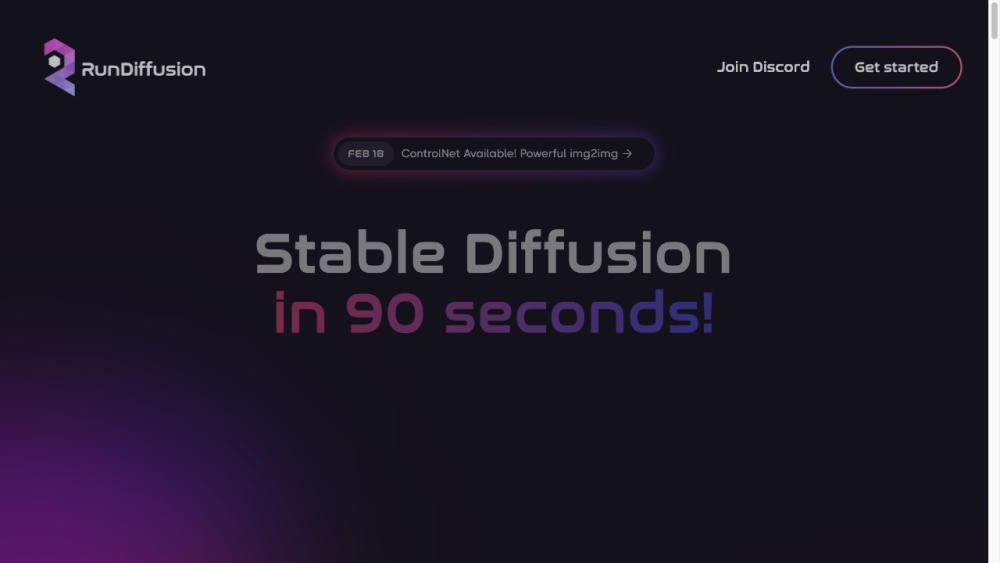Harvesting fish is an inherently messy endeavor, characterized by the challenges of working at sea and dealing with slippery, wriggling creatures. Shinkei aims to transform this process with an automated system designed to dispatch fish more humanely and efficiently, potentially reshaping the seafood economy.
On many fishing boats, fish often suffocate on the deck, flopping around and injuring themselves. This not only increases the risk of bacterial infections but also shortens their shelf life and diminishes their taste.
One alternative is ike-jime, a traditional Japanese method that involves quickly spiking the fish's brain to minimize suffering. However, this technique requires skill, and one individual can only manage a limited number of fish at a time. Shinkei seeks to automate this process, ensuring fish are dispatched quickly, resulting in higher quality and longer-lasting meat.
In my last conversation with the company in 2022, Shinkei had deployed initial prototypes on fishing vessels for testing in the unpredictable marine environment. The system immobilizes the fish, identifies the species and shape, and accurately targets the brain for a quick spike. This is followed by exsanguination in an ice bath.
Since then, founder Saif Khawaja shared that Shinkei has enhanced the reliability of its machines, transitioning from a water-based spike to a more efficient mechanical design, along with other vital improvements to progress from prototype to production units.
The upgraded machines feature a modular design for parallel processing and an enhanced computer vision system that can analyze various fish types. Recently, Shinkei secured $6 million in funding to facilitate the transition from pilot projects to fully operational systems. The objective is to deploy ten machines in active use by the end of the year, along with the development of a second machine that will destroy the spinal cord, leaving no trace of the central nervous system—a crucial step towards preparing the fish for filleting.
Khawaja envisions Shinkei’s technology as the catalyst for a significant shift in the seafood economy. He hopes that adopting humane harvesting methods will bring about substantial changes with far-reaching implications.
The seafood industry currently grapples with immense waste, a situation exacerbated by the misconception that oceans are boundless resources— which they are not! Overfishing has led to the decline of many fish populations.
A major part of this waste arises from the limited shelf life of fish as premium products. We’ve all seen signs advertising fish that was "delivered this morning," because by tomorrow it may only be suitable for grilling or as an ingredient in salads. Two days later, it's often destined for compost or animal feed.
Consumers and restaurants have long accepted this reality, akin to how we once relied on frequent milk deliveries before packaging technology extended its shelf life. Similarly, the FDA's mandate for more humane cattle slaughter in the 1970s established a new industry standard, altering production costs and supply chains.
Khawaja believes that a similar transformation is possible for seafood. Fish processed through ike-jime endure longer, maintaining their premium taste and texture for about a week, compared to just a couple of days with traditional methods. This extended freshness can lead to fewer purchases for restaurants, allowing them to buy higher-quality fish that last longer and reducing waste.
If the value of fish rises and local processing becomes more viable, it could disrupt the trend of sending meat-processing jobs overseas. Khawaja cited that one billion pounds of salmon have been processed in China because it’s economically advantageous to do so there rather than at home where labor costs are higher.
Should fish value increase, the local fishery economy may thrive. A fishing vessel could generate equivalent revenue from catching 700 fish rather than 1,000, fostering sustainability and reducing overfishing pressures. This shift would mean that fewer vessels would need to exceed legal or ethical fishing limits to remain profitable.
“This represents an efficiency gain across the entire supply chain,” Khawaja emphasized. “The seafood industry faces particularly acute challenges, and many jobs in this sector are hazardous. I’ve worked as a deckhand and faced life-threatening situations! My vision isn’t to fully automate the industry, but to alleviate the most dangerous jobs, allowing skilled laborers to build a better work environment.”
The funding round for Shinkei was led by Cantos, with participation from 8VC, Impatient Ventures, Susa Ventures, Carya Venture Partners, Ravelin Capital, Red & Blue Ventures, Undeterred Capital, and existing investors.




